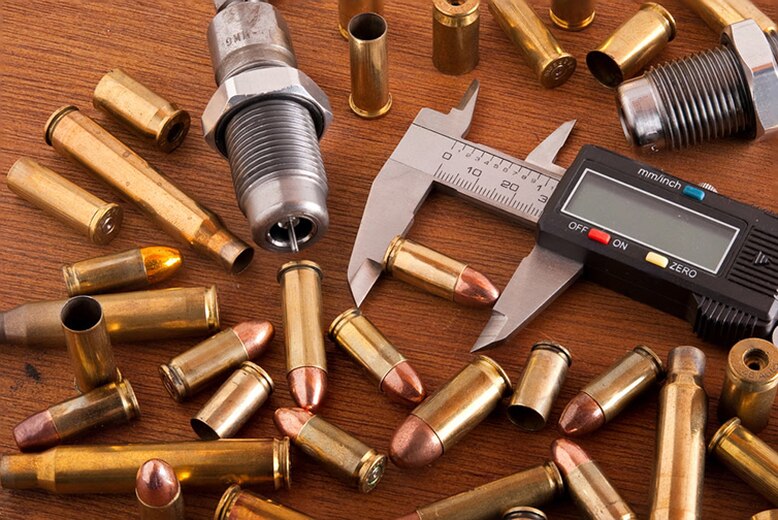
What to do with empty bullet casings? Well, you reload them!
Reloading is not only a great hobby, but it can also save you a good amount of money while at the same time improving your overall accuracy. If this sounds like something you might like, keep on reading as reloading your ammo might be perfect for you!
Of course, reloading does take a little bit of learning to know how to properly do it. Be it reloading your 223, 300 Blackout or .308s ammo, the process is same.
So let’s talk about some of the basics, what kind of equipment you will need, and what exactly it takes to start reloading your ammo!
Getting Started – An Introduction to Reloading for Beginners
So why would you want to get into reloading? We already mentioned a few reasons, but there are plenty of others.
Obviously, one of the biggest reasons is the actual cost savings. This reason, however, can sometimes be a little misleading.
While it is true that you will save money per round, it always seems like reloaders tend to go out shooting even more!
A big part of the cost of shooting is the brass casing itself. Why waste that when you could potentially use the same casing many times over?
When you think about larger and more unique calibers, the cost savings really start to shine.
But money savings isn’t the only thing you will be getting with reloading. You will also be able to get much better accuracy and customize your loads.
Increased Accuracy
Reloading allows a shooter to customize their load for specific guns and increase their accuracy. As a gun fires a bullet, the barrel will move around.
A shooter might prefer the barrel to be able to whip around the least amount possible, and this is possible by playing around with the speed of a bullet by adjusting the amount of gunpowder.
And that’s only one way to play around with the accuracy!
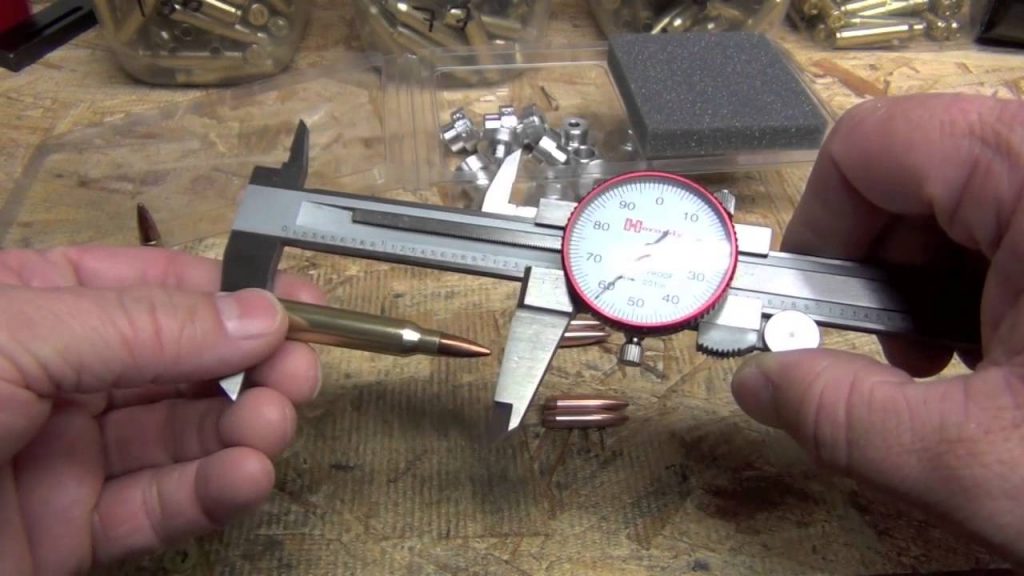
You can also play around with the overall length of a round by seating the bullet a bit further out of a casing. This can reduce the needed force as the bullet leaves the casing and can reduce the amount of space it needs to reach the rifling of the barrel, or “jump into the lands” as many reloaders might say.
You can also customize the actual bullet you are shooting out of your gun, as different guns seem to shoot some better than others.
Experimenting with different loads and bullet designs can get you so much more accuracy out of your gun than store-bought ammo, and the best part is, it is a fun process!
How to Start in Reloading
So how do you actually reload ammo? Since we have established why reloading is so great, let’s talk about how to actually do it.
An important thing to remember is that this is a basic guide and isn’t necessarily caliber specific.
It will, however, give you some of the basic steps that you need to reload most general calibers and ammo.
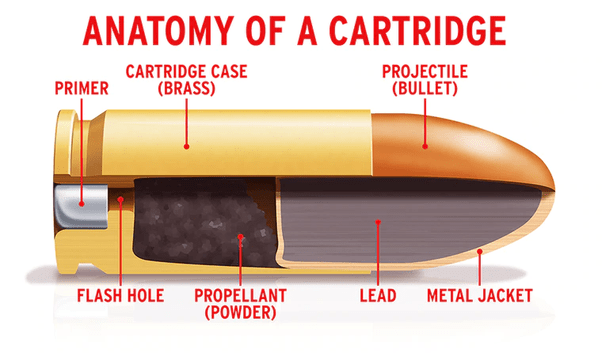
Anatomy of a Cartridge
The basic bullet cartridge consists of a couple of parts, like the brass casing, the bullet, gunpowder, and primer.
When a gun is fired, its hammer or striker will hit the primer that then creates a small explosion to ignite the gunpowder.
This then propels a bullet out of the barrel and boom! You have the basic functioning firearm. When you are reloading, you will be preparing and assembling all of these parts.
How to Choose the Best Brass for Reloading?
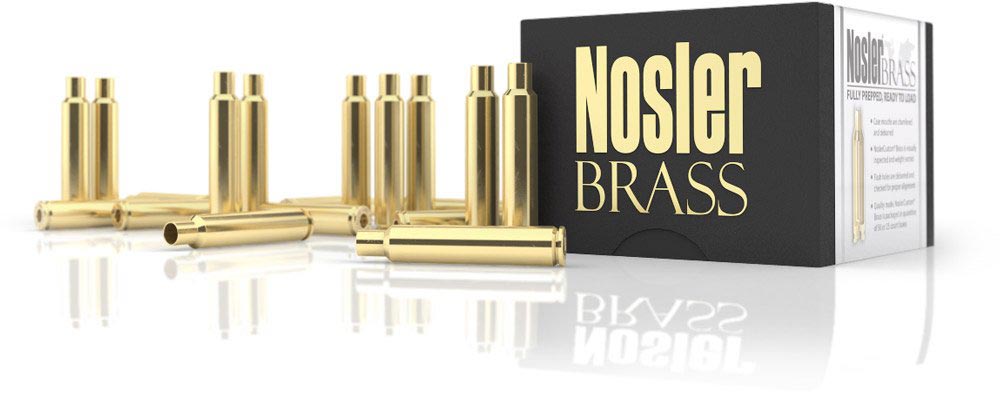
When it comes to the actual brass casings, not all brass is created equal. You want a good casing, or the rest of your efforts will be wasted.
Before you buy any brass, it is a good idea to do a little research into the best brand of brass for reloading, that you want to buy from and see just how their brass stacks up.
Besides making sure that the casing metal is up to par, you will also want to ensure that the thickness and weight are consistent from one casing to the next.
No brass manufacturer is going to be perfect, but if you do your best to choose a good company with a good reputation, you will be much better off.
If something like the thickness or weight is very different between casings, then it could prove to be very unreliable in accuracy and maybe even safety. At the very least, it could be much more difficult to reload from one casing to another.
Another obvious option to buying brass is to utilize used brass. Of course, since this brass has been fired, there are going to be some more preparation steps (we will cover more on that in the next section).
A brass case that has been fired is going to be a little bigger than it previously was, and it is now a whole lot dirtier. This brass will need to be cleaned up, polished, and prepped (Read: Best Case Prep Centers) before being used.
Many reloaders will use a combination of the two, both used and brand new brass. No matter what way you go, either brand new or used brass, there are obviously a few advantages and disadvantages to both.
The first is cost, as brand new brass will be a little more expensive than used brass that you probably already have. Of course, it will need less prep work, and the high end, brand new brass is going to be the most accurate.
Both of them will need a little preparation before you reload them, however!
Brass Preparation
You may be asking yourself, why do I need to prep brass?
This is an essential step for case preparation for accuracy and to ensure that you are reloading your ammo safely.
While some of these small steps may seem unimportant, they are an important part of the overall task of making sure your reloads are perfect and function safely.
Cleaning Dirty and Spent Brass Cases
Like we mentioned before, cleaning your used brass is a must!
Even if you are using brand new brass, making sure it is as clean as possible is a good idea.
You should know that cleaning brass isn’t just for cosmetic purposes.
A well-cleaned brass is important for your safety too, as you can discard the potentially dangerous cases with splits and bulges.
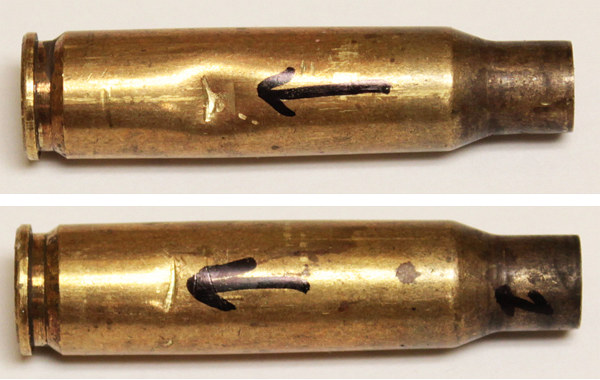
You will want to clean casings inside of a brass tumbler with some kind of medium material such as walnut shells or ground-up corn cob (mediums are readily available for purchase by most gun and reloading websites and stores). You will also add polish to it. This part of the process could take a few hours.
I recommend to read one of our popular posts : Best Way to Clean Brass Cases for Reloading: The No Shit Guide! for a detailed overview of the best tumblers and cleaners for a squeaky clean brass.
Now if you are going to be reloading used brass, the overall goal is to restore it to its original size and specs so that it feeds and fires reliably. Part of this is the primer.
There are times you might be using surplus brass that will have a crimped primer pocket, or you may want it all super uniform in order for maximum precision and accuracy. Whatever the case, you are going to need to take out the primer (deprime) and then use a cleaning tool.
Some shooters will even deprime them before tumbling them so that it takes care of the cleaning.
Depriming and Resizing
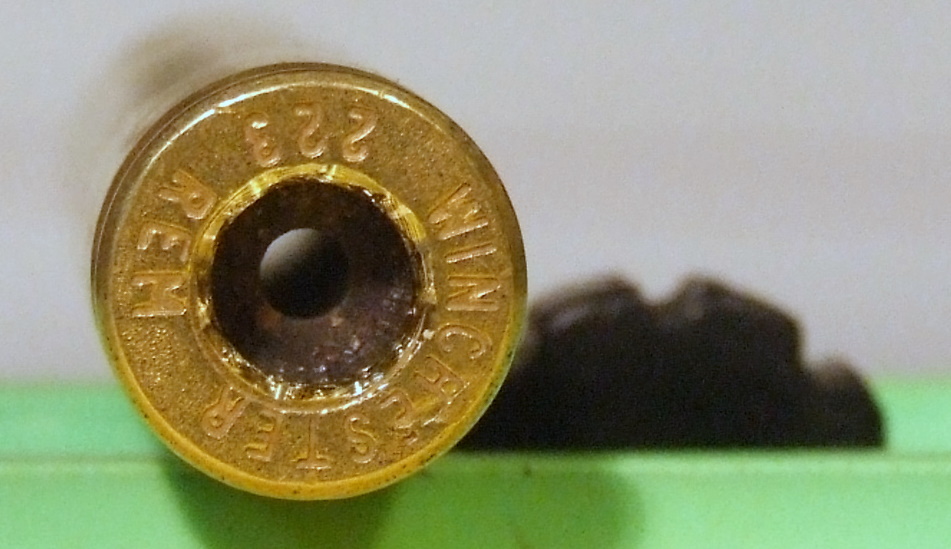
There are a few ways to take out the old primer, and it is usually with a reloading press and done while resizing the casing. Which brings us to the next step!
You will run the fired casing in a resizing die, where it is then worked and will reshape the brass.
Some calibers and dies will need some lubrication on each case so that they do not stick or cause problems.
These resizing dies will also reform dents and possible case mouth imperfections.
Depending on the caliber, and maybe how detailed you might be, you might have to verify that the case is the proper length and trim off any extra length because the brass has been compressed down in size, resulting in a slightly longer casing.
To do this, there are plenty of different tools for this exact purpose.
If you do cut some off to ensure every casing is the proper and same length (especially important for consistent accuracy) the end might be a little sharp which could mess up the bullet seating.
In this case, you will have to deburr and chamfer the case.
See, we told you there are a lot of small details!
Priming
Once the actual casing is ready, you can then put in the new primers. There are a few different methods to insert a new primer, depending on the equipment you are using.
There are some simple hand tools you can use like the RCBS Universal Hand Priming Tool, while other priming tools are worked into the sizing stage.
Now we are finally ready to put in some gunpowder and get to making our loads!
Selecting and Developing Loads for Accuracy
This is the part of the process that most reloaders enjoy the most. By tweaking and adjusting the type of gun powder, the amount, and bullet types and weights, you can play around with your guns accuracy and see what works best for your firearm.
There are a lot of different types and brands of powder out there like Natchez and Cabela’s, and plenty of options depending on your specific caliber and bullet that you are using.
A word of caution at this part, as some gun powders lend themselves more to certain calibers of bullet weights, and you should thoroughly research your intended load that you will want to replicate.
You can do this with the help of a basic reloading manual. These books will have the right size dimensions that you will need for things like the case length, as well as a range of how much powder should be used.
Before you buy any powder, it is a good idea to look into one of the reloading manuals like the Hornday’s Handbook of Cartridge Reloading to see what your options are and what looks like the best selection for your particular gun and caliber.
You can then buy a small amount to create your loads and test it. If it works well, then you can go and buy larger amounts of it.
There are plenty of different bullet and powder charge combinations that can be used together to create the same velocity, but some of them are going to be more accurate than others.
This is where the fun comes in, as trying to find the perfect load can be one of the most enjoyable parts of reloading. Once you find that perfect combination, it is so satisfying!
Various reloading manuals are a great place to start and will give basic loads that give good results in particular guns.
This also brings us to the final steps of the reloading process!
Adding the Powder and Seating the Bullet
Once the powder is added, the last step is to add the bullet and press it into the prepared casing.
There is one problem here though, as sometimes a case might be a little too narrow for a bullet to be fit into.
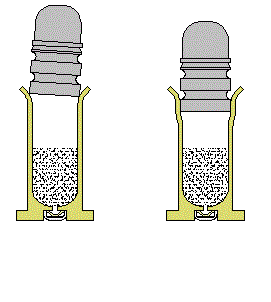
Flaring a Bullet Case
A simple fix to this is “flaring” the top, although this is much more common in pistol cases than rifle cases. This can also sometimes be done with a different die or is also integrated into the resizing or powder stage. You can learn more about flaring here.
Now all that is left to do is to place the bullet at the top of a case and begin to run it through a bullet seating die. You might also want to crimp it, which is basically pressing in the case onto the bullet to secure it even more.
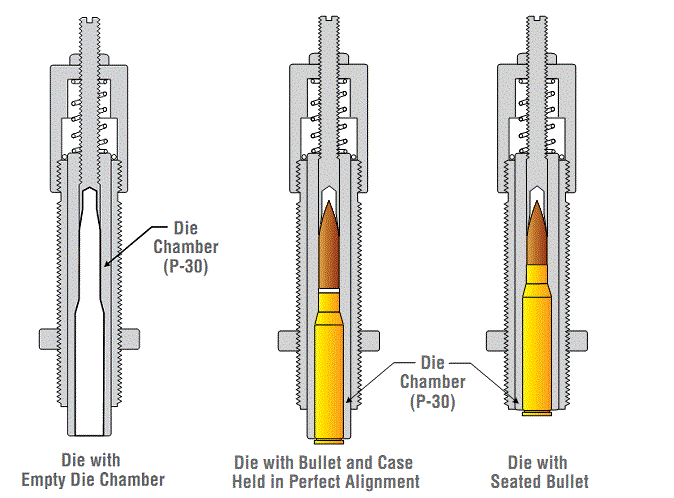
Seating of Bullet
And now you are done!
While there are many smaller details, the actual process of reloading is fairly simple and once you do it a few times, you will easily get the hang of it!
Now that we have the basic process of reloading down, let’s go over some of the basic reloading supplies and equipment that you will need to begin this process.
Many of them we have already mentioned, but it is a good idea to get everything you will need before diving in!
Best Reloading Supplies and Equipment
There are plenty of reloading supplies that you will need to either buy or borrow to get started into this journey, but the first (and probably most important) is a reloading press.
There are various types of reloading presses, ranging in features and price points. They can range from a single-stage press that does one case at a time, to giant presses that can churn out 1,000 rounds per hour, and everything in between!
Reloading Presses
Single Stage Reloading Press
Single-stage presses like the popular Lee Precision Reloader Press are probably the best option for beginners. These are not only the least expensive option, but they are overall very basic and simple.
This is great for someone who is just starting out in reloading and does not want to spend a small fortune before testing out to see if this is something they want to jump into.
In a single-stage press, you will only be able to use one die at a time, and as such, do one case at a time. You will need to change it out throughout the process, such as resizing and bullet seating, and will require you to manually do many of the other steps in the process with other tools.
But again, this is a great option for most people, especially a beginner!
Turret Reloading Press
Another type of press is called a turret press and is basically the next step up from a single-stage. A turret press will allow you to use more dies that you can easily rotate over the casing.
This will save you some time because now you will not have to switch out dies during every single different stage of the process.
We recommend Lee Precision Classic Turret Press!
Progressive Reloading Press
The last type of press that we will mention here is called a progressive press. These presses have multiple die stations at the top and different places to put the brass cases.
With this setup, every time you pull down on the press, you could be doing up to four different steps of the process with various pieces of brass, saving even more time.
Some models will even feature “tool heads” that give you the ability to switch calibers without having to set each die all over again.
We recommend Hornady Lock-N-Load Auto-Progressive Reloading Press!
The larger and more complex the reloading press, the more expensive it starts to become, however, for argument’s sake, let’s say you start out with a single-stage reloading press.
This is what is suggested for most beginners, and is the most affordable option.
Ballistic Chronograph
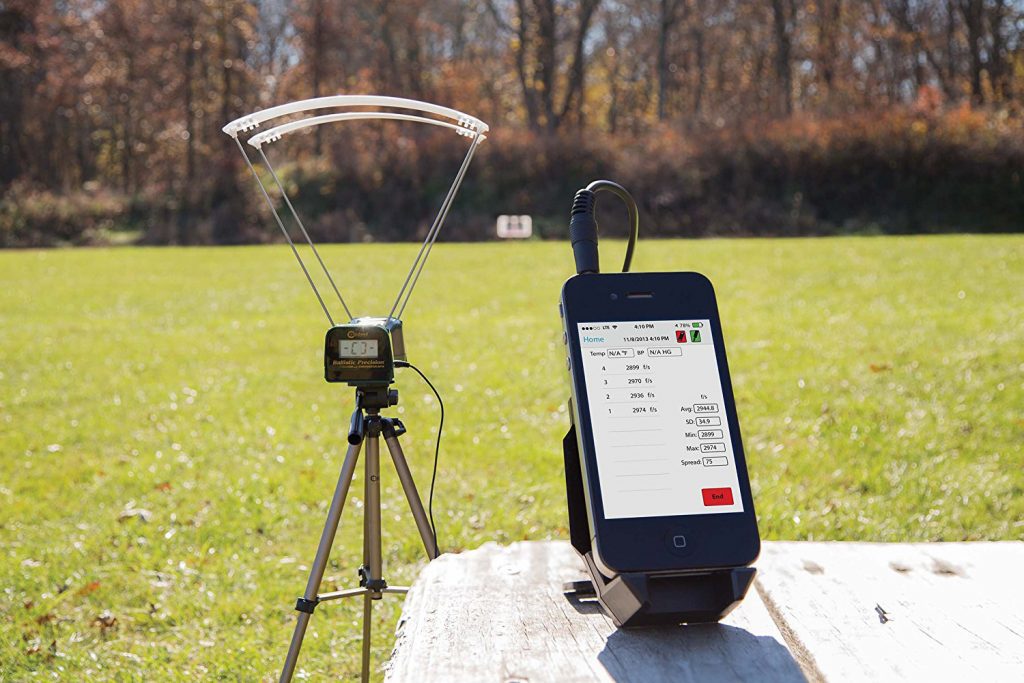
Ballistic chronographs are excellent tools that can bring a whole new dimension to your reloading efforts. There is much more to developing a highly accurate load for a particular rifle and bullet combination than simply preparing some samples and heading to the range for test firing.
I recommend to read one of our popular posts : Using a Chronograph for Load Development – The Definitive Guide for more details about the use of a chronograph to prepare the perfect load.
In case you’re looking for the best shooting chronographs to develop the perfect load, I have covered about it on one my the popular articles here.
Brass Cases Cleaner and Tumbler
Once you have a press, you will still need a few other pieces of equipment in order to start reloading. One of these is a case cleaner since as we mentioned, most brass is going to be dirty and you don’t want to be using it as is.
The best option for doing this is a brass tumbler.
A brass tumbler is basically a big plastic bowl with a small motor underneath that shakes the contents.
You put your brass in here with your medium, like the walnut shells or corn cobs, and the vibrations will cause the brass to be cleaned inside and out.
Once it runs for a while, you then sift through it to pick out the brass and they are perfectly cleaned and ready to go.
Some models even have this feature built into them and will sift out the brass for you.
Though, there are way more better methods to clean brass cases, which we have thoroughly explained in our other article.
Reloading Dies
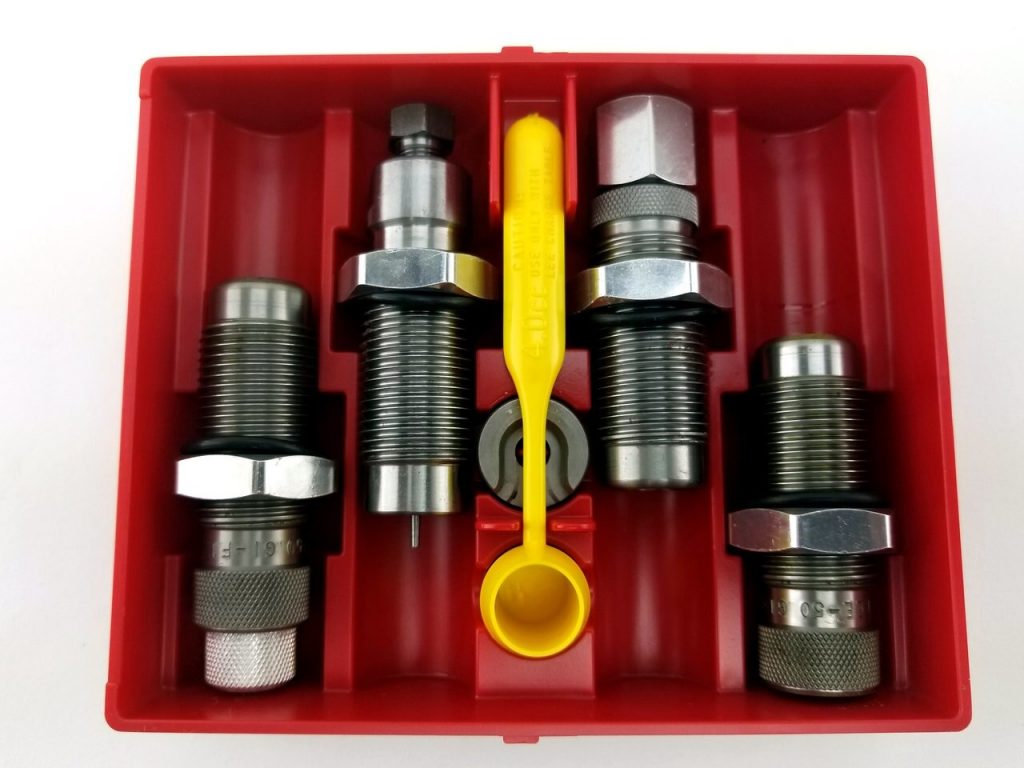 Besides a tumbler, you will also need the proper dies for the caliber that you intend to reload.
Besides a tumbler, you will also need the proper dies for the caliber that you intend to reload.
There are a few types of dies depending on what you are doing, such as a sizing die, expanding die, and seating and crimping die.
Again, depending on the caliber that you are wanting to reload, you will definitely need the proper dies in order to do anything!
I recommend to read one of our popular posts on the best reloading dies for more details about the use of a chronograph to prepare the perfect load.
Digital Powder Dispenser and Powder Measures
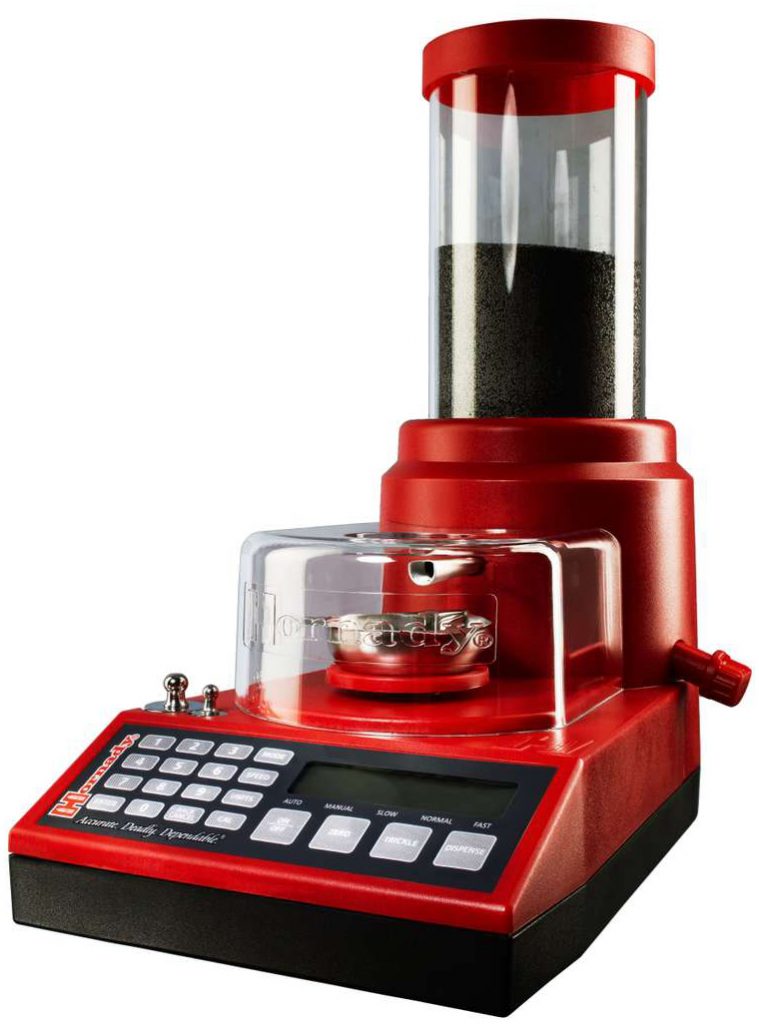
Next on our list is a powder dispenser. While technically you can weigh each powder charge out by hand, you will quickly get tired of this after just a few rounds.
A good powder dispenser is a simple device that lets you set it up for a certain amount of powder to dispense with each pull of a lever.
This will save you so much more time in the long run and prepare a load with better accuracy.
In addition to the dispenser, you will also need a powder scale to measure powder.
These are to ensure your powder dispenser is giving you the right amount each time, as too much or too little can be dangerous!
Calipers
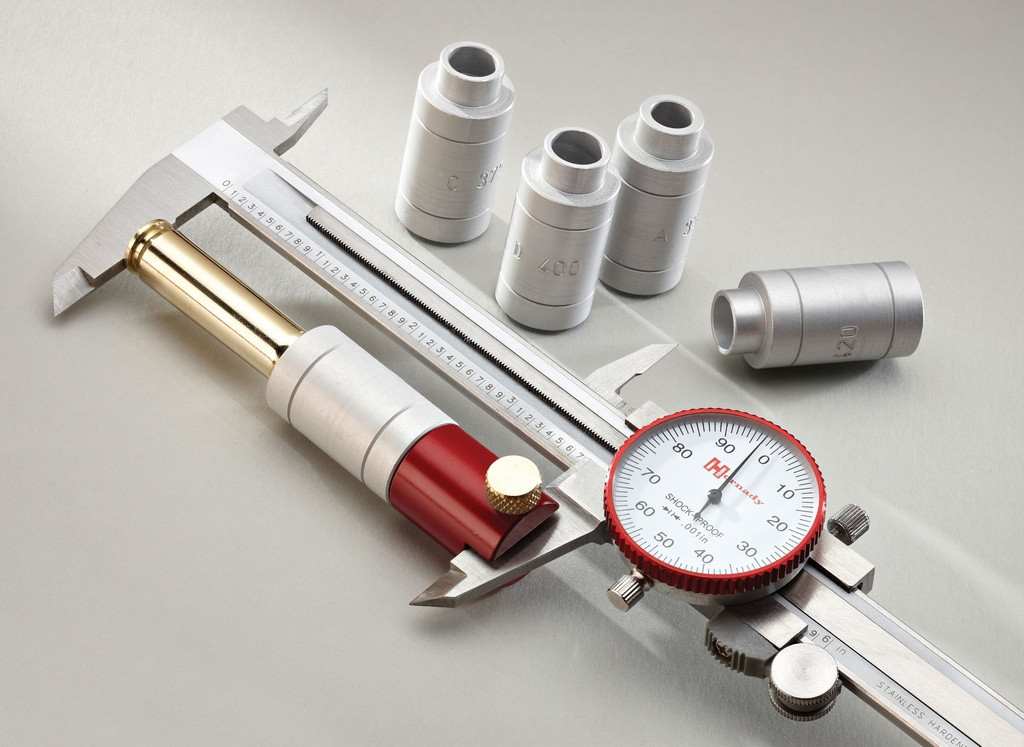
Next, we have calipers. Calipers are devices used to precisely measure things.
While they may not be considered a necessity or even be included in many reloading kits, if you are chasing accuracy then you should strongly consider getting even a simple pair.
They are available in analog and digital versions, and you will be able to measure things like overall cartridge length which is extremely important.
You want to be sure you are seating your bullets properly, and these will help double-check that you are!
Reloading Manual
Lastly, you will want a good reloading manual. We touched on them before, but their importance shouldn’t be overlooked.
Think of it as your cookbook, and your loads as your cookies.
A quality reloading manual will have all the information you may need when it comes to reloading and give you a standard set of loads for your specific caliber, powder, and bullet sizes.
There are plenty of quality reloading manuals out there, made by several different companies. Pick one and never reload without it!
Other Items
There are also a few smaller items you might want to pick up, like a case trimmer, chamfer, and deburring tool, and case lube kit.
All of these things will make your life a little easier, and help keep the reloading process running smoothly!
Common Questions about Reloading
Is Reloading Really Worth It?
Well, from a economics point of view, depends on what you’re reloading. For instance, a standard box of 44 Mag. can cast you anywhere around $50. Reloading it can cost you about $15-20, so we can say yup it’s saving you a good amount of money!
How many times can Cartridge Casings be Reused?
Well it depends.
Brass is malleable, can be changed to any shape and reused over again. But, you can reload them as long as they are safe to reload.
What we mean is, you have to inspect the brass for splits, thinning, and more such factors.
What is the Best Reloading Manual?
Well there are many but we usually stick with Hornady Handbook and Lyman Reloading Manual.
You can consider Hornday Handbook as the budhet freindly choice and Lyman’s manual as the best comprehensive manual.
What Equipment do I Need to Start Reloading Ammo?
There are a bunch of equipment you ought to have like bench press, powder measure, before you begin reloading ammo. We have already talked about them above in detail.
Do you have to Tumble Brass before Reloading?
Depends on how dirty your brass is. Dirt can hinder the performance of your ammo.
Moreover, tumbling saves your dies more than it saves the brass.
Should I Deprime/Size Before Tumbling ?
No, you should always tumble before priming/sizing, else you’ll clog the flash-holes with media. Moreover, it avoids getting the dies contaminated with lube and prevents the interiors of the die from getting damaged.
Final Thoughts
Reloading is a great way to dive even deeper into the world of firearms. Not only will it save you some money and improve your accuracy, but it is a lot of fun and you will feel a great sense of accomplishment by reloading your ammo.
If you have ever considered trying your hand at reloading, you owe it to yourself to pick up a simple reloading kit with some basic tools and giving it a try.
You just might find your new favorite hobby!


Looking for a chronograph the computes “standard deviation”
Hey Mike,
Thanks for the reply. Nowadays, most of the chronographs come with a dedicated app that will calculate SD for you. For instance, you can have a look at Caldwell Ballistic Precision Chronograph. It comes with an app that calculates Average Velocity, Standard Deviation, and Velocity Spread.
Thanks for elaborating how gun casings could be reused by reloading the ammunition in the comfort of your home. My friend wants to invest in self-defense weapons that’ll allow him to hunt while improving his home’s security. I should probably share this with him so he’d invest in reloading equipment as well!